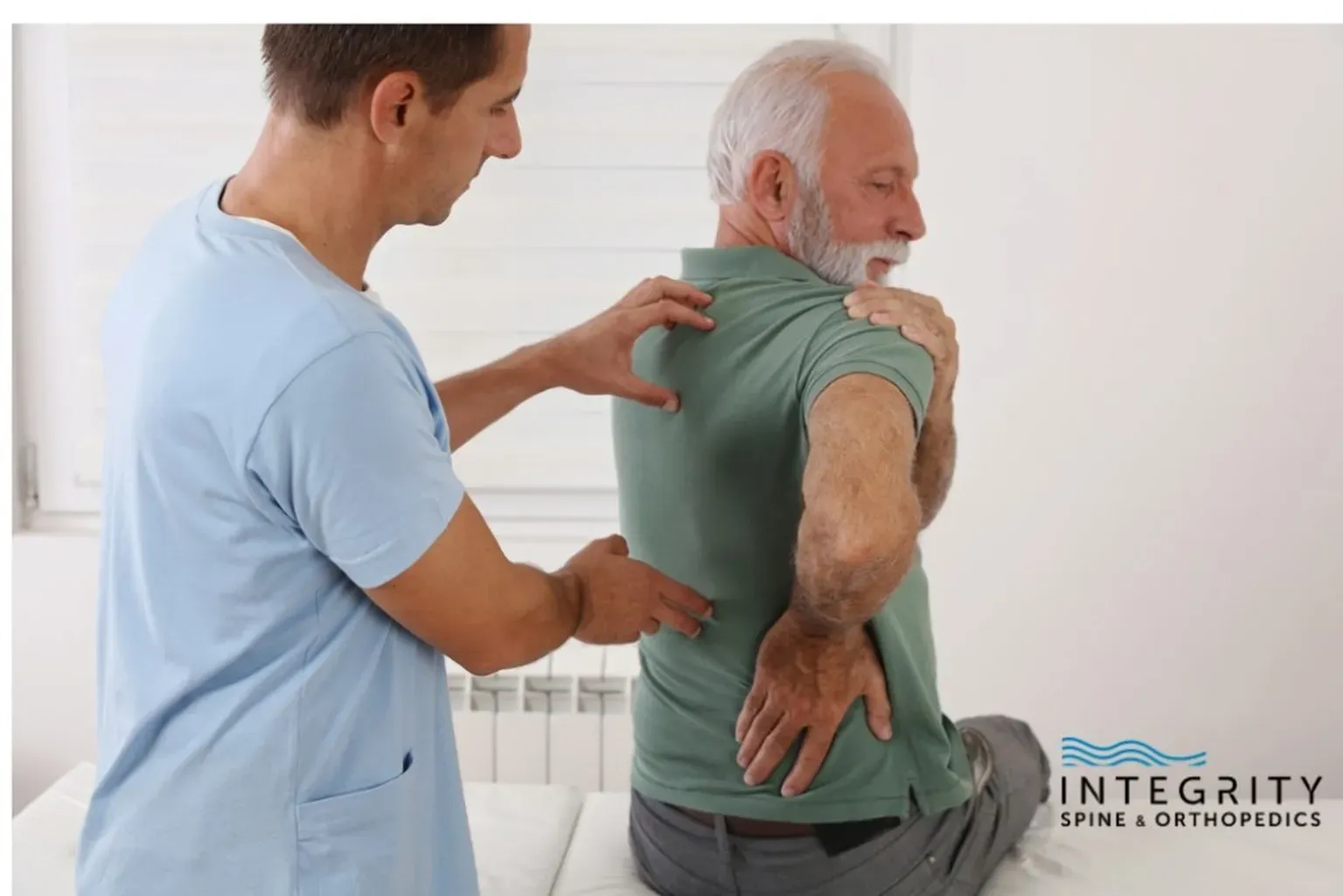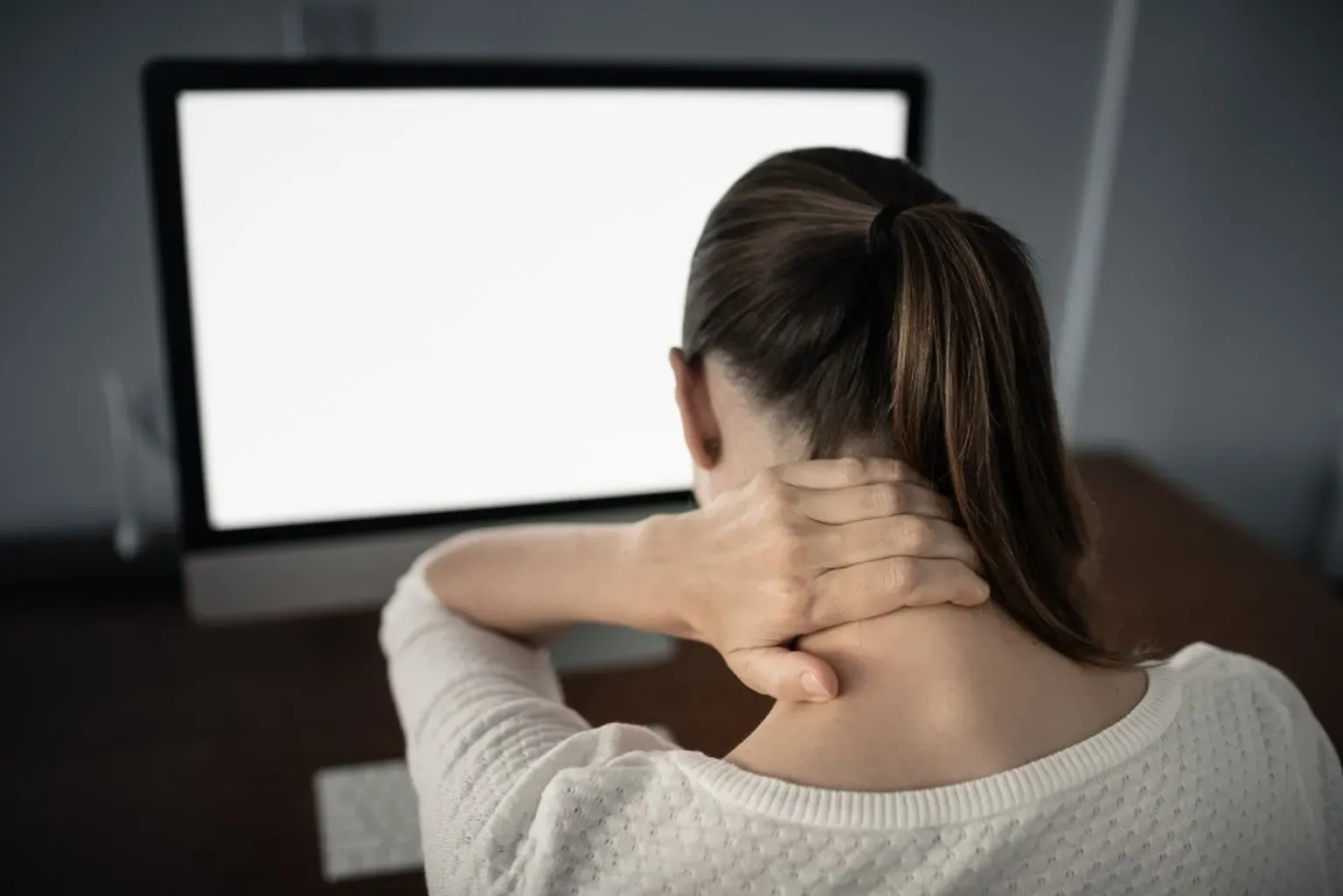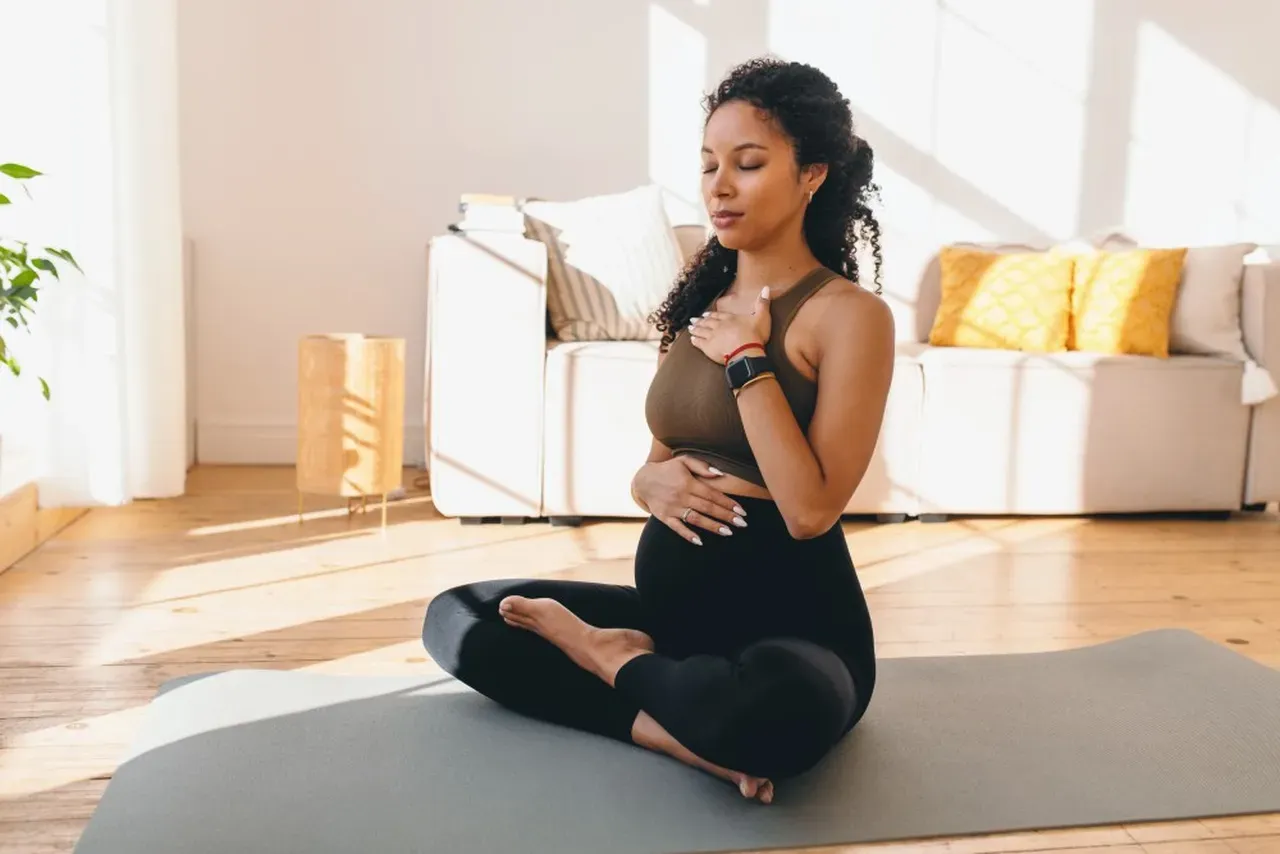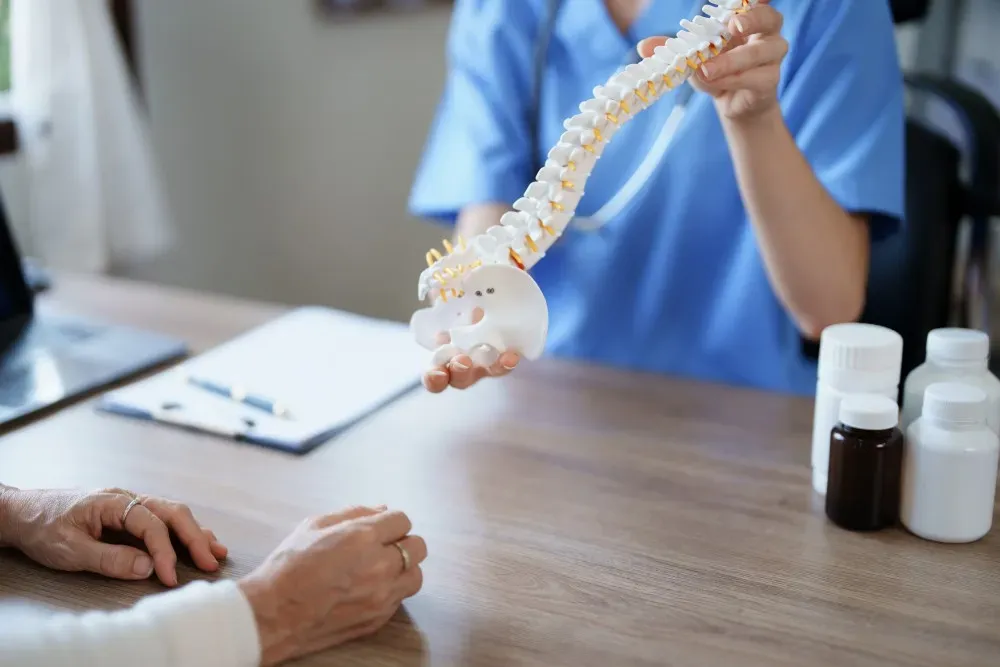Neurosurgery & Orthopedic Surgeons in Jacksonville

What is Spinal Stenosis?
Approximately 250,000-500,000 people in the U.S. have symptoms of spinal stenosis, and lumbar spinal stenosis is the leading diagnosis for adults age 65+ who undergo spine surgery. The condition primarily affects adults over the age of 50.
Approximately 250,000-500,000 people in the U.S. have symptoms of spinal stenosis, and lumbar spinal stenosis is the leading diagnosis for adults age 65+ who undergo spine surgery. The condition primarily affects adults over the age of 50.
Read our comprehensive guide to learn more about what causes stenosis in the spine, symptoms and treatment options.
SPINAL STRUCTURE
The spinal column is made up of 33 bones (vertebrae) stacked on top of each other, running from the low back to the neck. Open spaces in the middle of each vertebra form a connected canal that protects the spinal cord. Your spinal cord contains nerves that connect the brain to the rest of your body.
Spinal stenosis develops when changes in the spine cause the spinal canal to narrow. As a result, nerves and nerve roots may become compressed, pinched, inflamed or irritated as they travel through the canal.
Stenosis can occur anywhere along the spine, but it most commonly occurs in the cervical spine (neck) and lumbar spine (low back). You may have more than one place or type of spinal stenosis at a time.
PRIMARY CAUSES AND RISK FACTORS
Age is the primary risk factor for developing spinal stenosis, because age-related spinal changes are the most common cause of narrowing in the spine. The following conditions can narrow the open spaces in the spine and lead to compression, irritation and inflammation of the nerves and nerve roots.
- Osteoarthritis, which causes inflammation and the growth of bone spurs in the spine
- Bulging discs or herniated discs
- Thickening of the ligaments that hold spinal bones together
- Tumors
- Spinal deformities, like scoliosis
- Paget’s disease of bone
Additionally, some people are born with a naturally narrow spinal canal or other spinal defects.
SYMPTOMS
Some people live with spinal stenosis and experience no symptoms. For others, symptoms develop and worsen over time. They may vary depending on where the narrowing is located, which nerves it’s affecting and how severe nerve compression is.
You may experience:
- Low back pain
- Buttock, leg and calf pain, tingling or cramping that worsens with standing and walking
- Leg and foot numbness or weakness
- Difficulty walking or standing for long periods
- Balance problems
- Sciatica
- Neck pain
- Arm and hand numbness or weakness
- Changes in bowel and bladder function
Symptoms may be worse when you stand and walk, because being upright compresses the vertebrae in your spine. Sitting down, lying down or bending forward can help relieve flare-ups.
DIAGNOSIS AND COMPLICATIONS
See your doctor if you develop any of the symptoms listed above, because pain and symptoms usually worsen over time as nerve compression becomes more severe. Left untreated, spinal stenosis can cause permanent nerve damage, chronic pain, weakness, balance problems, incontinence or paralysis.
Spinal stenosis is visible on imaging exams. Your doctor may order a CT scan or MRI to examine your spine for bone spurs, ligament or disc damage, herniated discs or tumors. They will use the results of your imaging exams, along with detailed notes on your signs, symptoms and medical history, to make a diagnosis.
Your course of treatment will depend on how severe spinal narrowing is and how much pain you’re in. Non-surgical options will be attempted first.
NON-SURGICAL TREATMENT
The treatment(s) your doctor recommends will be based on your symptoms and how they are impacting your daily life. Some recommendations may be at-home care measures, while some may be prescribed treatments.
1.) Pain medications. Over-the-counter painkillers can be used for temporary pain relief. If you are in a lot of pain, your doctor may give you prescription painkillers, anti-seizure medications or muscle relaxants. Anti-seizure and muscle relaxant medications can ease nerve pain.
2.) Corticosteroid injections. Corticosteroid injections can temporarily ease irritation and pain from inflamed nerve roots in areas of compression. Therefore injections are not a long-term solution, and steroids can have significant side effects.
3.) Exercise and physical therapy. Everyone who has spinal stenosis should engage in regular exercise. For example, movement can help reduce pain and keep your muscles strong. A physical therapist can help you learn and master the best exercises to improve your strength, balance, flexibility, endurance and ability to walk. A physical therapist can also teach you proper posture and lifting/bending techniques to reduce your risk of hurting your back.
4.) Supportive devices. Your doctor may give you an assistive device — like a back brace — to help keep your spine in alignment.
Some people also find relief from therapies like chiropractic care, acupuncture or massages.
SURGICAL TREATMENT OPTIONS
If your case is severe, very painful, affecting bowel and bladder control or disrupting your ability to function normally, then you may be a candidate for surgery. There are several types of invasive spine surgeries that create more space in the spinal canal, reduce nerve compression and decrease inflammation.
- Laminectomy
- Laminotomy
- Laminoplasty
Minimally invasive spinal surgery may be an option for you as well. Minimally invasive spine decompression is an effective procedure to reduce nerve compression in the spine, and it has fewer post-op risks and a shorter recovery period than traditional invasive surgeries.
If you’re a candidate for surgery, your doctor will talk you through all your options and the pros and cons of each so you can make the best decision for your health and well-being.
INTEGRITY SPINE AND ORTHOPEDICS TREATS SPINE AND JOINT CONDITIONS
Integrity Spine and Orthopedics specializes in providing general orthopedic care, pain management services and minimally invasive spinal procedures to patients with a range of spine and joint conditions. Therefore patients with nerve compression caused by spinal stenosis, minimally invasive lumbar decompression can help ease pain and discomfort, and the procedure has fewer risks and requires less recovery time than more invasive spinal surgeries.
To schedule an appointment, or to ask our staff about receiving a free MRI review, call us today at 904-456-0017.




